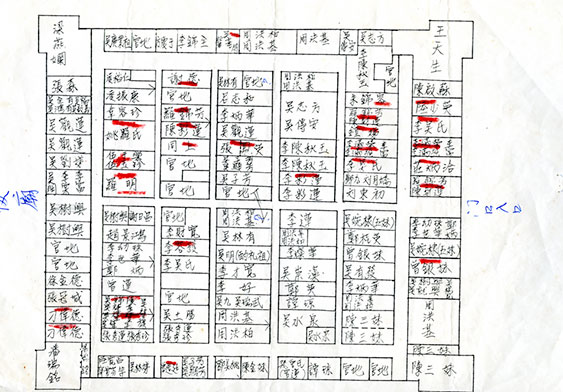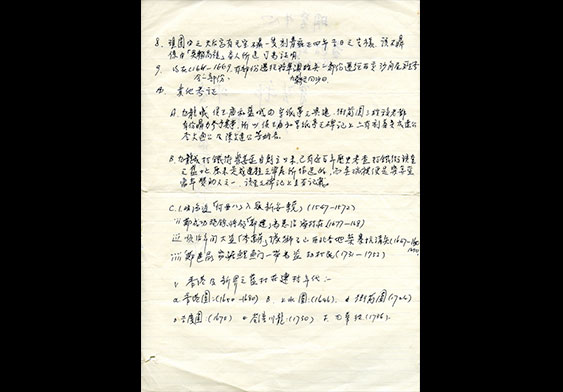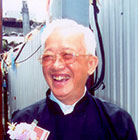
Non-indigenous people began moving into the village
Beginning with the outbreak of the Sino-Japanese War and lasting through to the mainland’s liberation, there was constant influx of new immigrants into Nga Tsin Wai. Eventually, the new arrivals gradually outnumbered indigenous villagers surnamed Ng,-Provided by Lee Foo
Non-indigenous people began moving into the village
Beginning with the outbreak of the Sino-Japanese War and lasting through to the mainland’s liberation, there was constant influx of new immigrants into Nga Tsin Wai. Eventually, the new arrivals gradually outnumbered indigenous villagers surnamed Ng,-Provided by Lee Foo

Researching Nga Tsin Wai’s history (2)
Nga Tsin Wai’s historical notes as written by Lee Foo.-Provided by Lee Foo
Researching Nga Tsin Wai’s history (2)
Nga Tsin Wai’s historical notes as written by Lee Foo.-Provided by Lee Foo
An influx of new immigrants added vibrancy to the formerly quiet village
Before the war, a large number of Nga Tsin Wai villagers went out to work and left the houses vacant. The villagers mainly concentrated in the first, second and third lanes. Each lane lived four to five families. The number of households declined in the fourth and fifth lanes, and it was almost totally deserted in the sixth lane. The children dared not get near the fourth to the six lanes, fearing that the area was haunted. Meng She, a Taoist priest who hosted rituals for the villagers, lived in the fourth lane, while Meng Po, an insane woman who sometimes undressed herself for no reason, lived in the firth lane. The war in the mainland against the Japanese did not affect Hong Kong much because the food and daily necessities were mainly imported from Southeast Asia.
After the fall of Guangzhou, many refugees arrived in Hong Kong, resulting in a rise in rents and food prices. Nga Tsin Wai alone received 200 to 300 new immigrants. Houses within the village appreciated in value, and the monthly cost for a room and a bed rose to 12 and 3 dollars respectively. A hundred catties of rice cost only 20 dollars in those days. Many villagers abandoned pig farming, and instead rented the pig houses out to earn the “big money”.


 BACK
BACK  CLOSE
CLOSE 